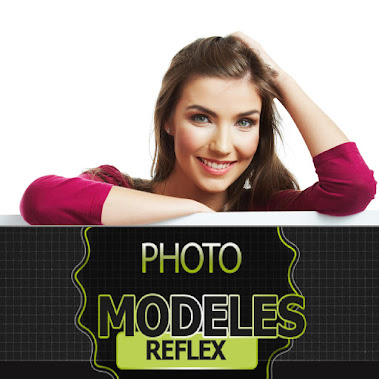1. INTRODUCTION WHAT
IS GLAMOUR? That may seem an obvious question to ask to start
with, but your answer dic- tates
what and how you shoot it. Glamour covers a huge range of styles, from
high
end couture fashion at one end, to porn at the other. In between is a
happy
range of images where the aim is to make the subject look as good,
attractive,
sexy and appealing as possible. Glamour is normally the province
of
the fairer sex, but there’s nothing stopping you from shooting some beef- cake. A charity calendar of bare-chested firemen is
just as much glamour as a pouting
page three nymph. However, the main diet for your camera is as- sumed to be the female form so we’ll leave the guys
to a chapter of their own. Glamour can involve
expensive clothes and props, it can simply involve lin- gerie or no clothes at all. What is important is
that when you know what kind of
imagery you are aiming for you research the best in that field. Whether
that’s
in photography books, fashion magazines, lads mags or websites.
CHOOSING
A THEME The first rule of glamour photography is do not
touch the camera until you know
precisely what you want to achieve. Now, that’s easy enough said, but
when
you are a beginner, how the hell do you know what you want to
achieve?
Just getting the shot in focus when faced with acres of bare flesh for
the
first time is challenge enough. However, get all that out of your system.
Do
your first couple of shoots until you are confident with your equipment
and
shooting someone who is trying to look sultry, seductive and gorgeous.
Then
start to think about the type of image and set of images you want to
create. This can
be dictated by props, locations – indoor, outdoor or the stu- dio, or even the model herself. If you have a
collection of nautical artefacts like
wheels, lamps, rigging, lifebelts etc, then a nautical, even a historical,
nautical
concept is worth developing. The old stand by – bales of hay, can be
used
to create a cliched farm girl tableaux, while on location at a waterfall
leads
to lots of splashing and action photos, with shiny, wet skin. Even com- ing
across a willing model can lead the train of thought. Find a local model
who
is six foot and very well toned? Amazonian fantasies, or locker room an- tics
spring to mind immediately. The over riding point is that you should de- velop and think through an idea, no matter how
clichéd or trite, and take it from
there. If it is clichéd and trite though, you’ll need to put extra thought in- to
composition and lighting to give it a fresh look.
Once
you have a scenario set up, there’s a logical progression within it when
it
comes to shooting. You work around all the angles, cover all the poses, it
starts
with clothes and can end up with lingerie, topless or nude shots. The
idea
is to maximise the potential of what’s there. Not by taking forever, but by
using
that time well. If you can get a different look and expression and pose
in
the same scenario then you have two pictures to sell or use instead of one.
If
you
can get four or five it’s a result. Trying
simply turning off the odd light to
see what difference it can make. If you are shooting a glamour set though,
for
magazine publication, then the publisher will want a clearly defined set of
poses
and expressions that lead all the way through to whatever level of nu- dity you were aiming for. The entire set needs to
be logical and follow some kind
of narrative. In this case, don’t turn off any lights or change the lighting
at
all, unless it’s part of the unfolding story.


